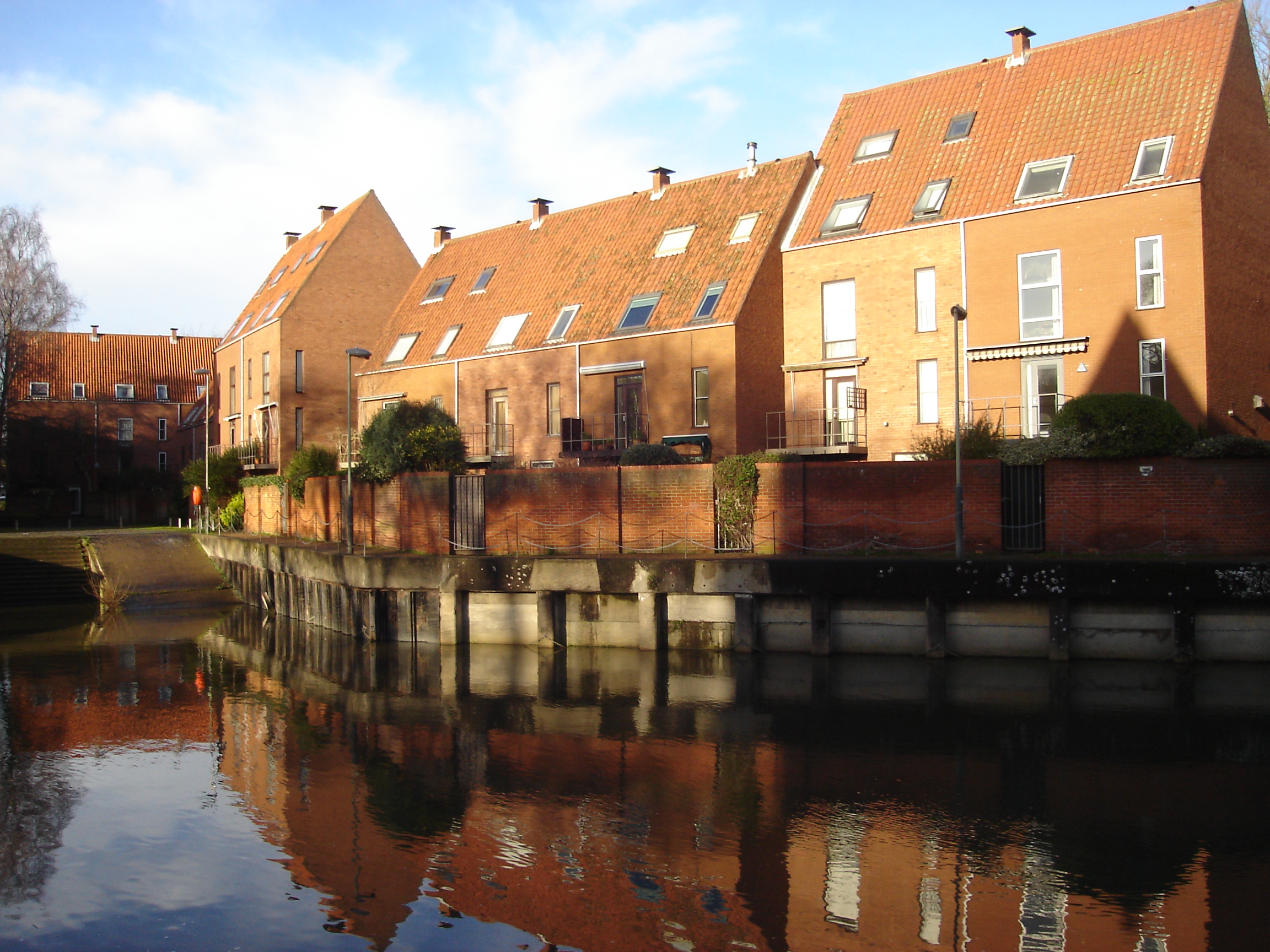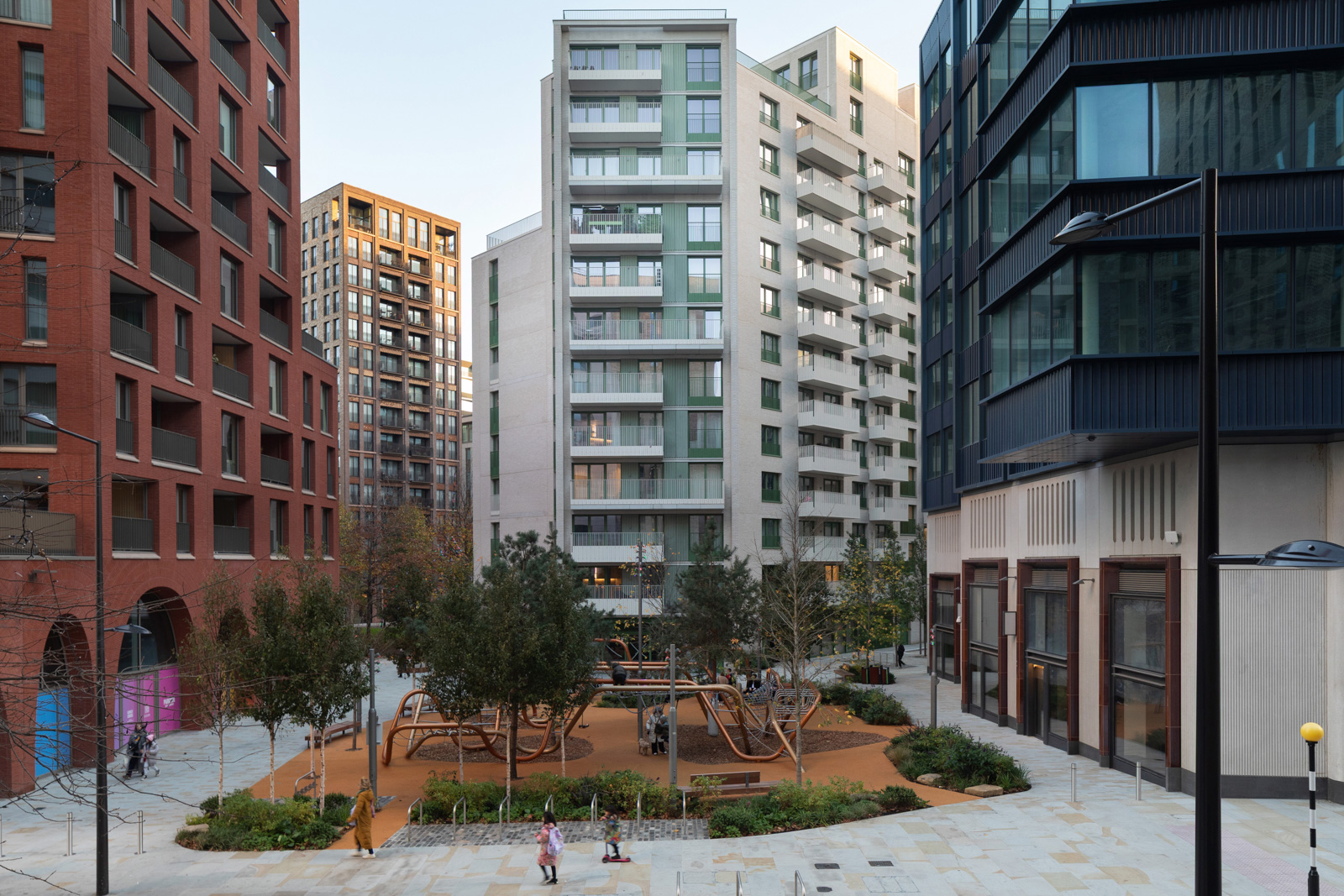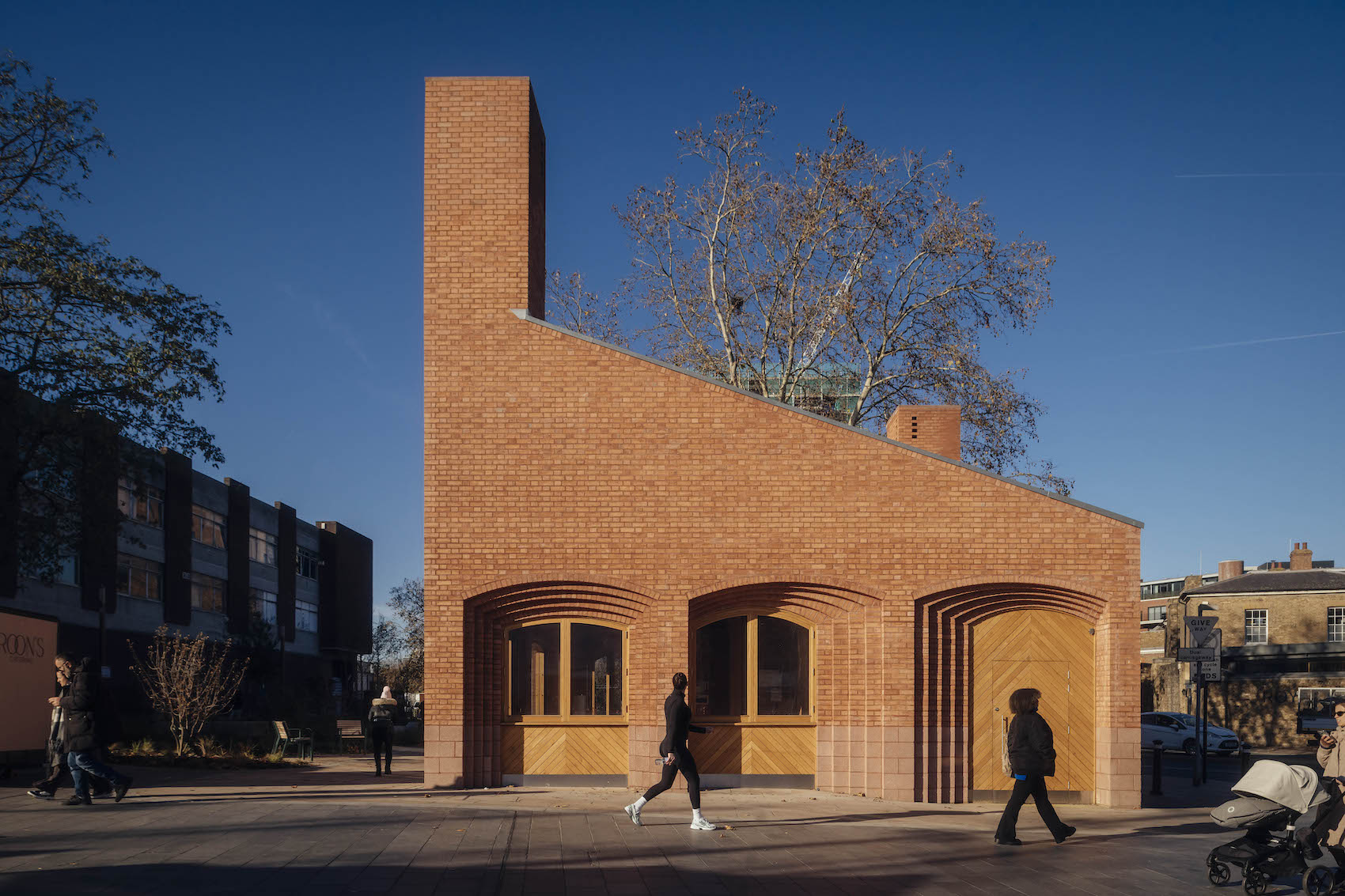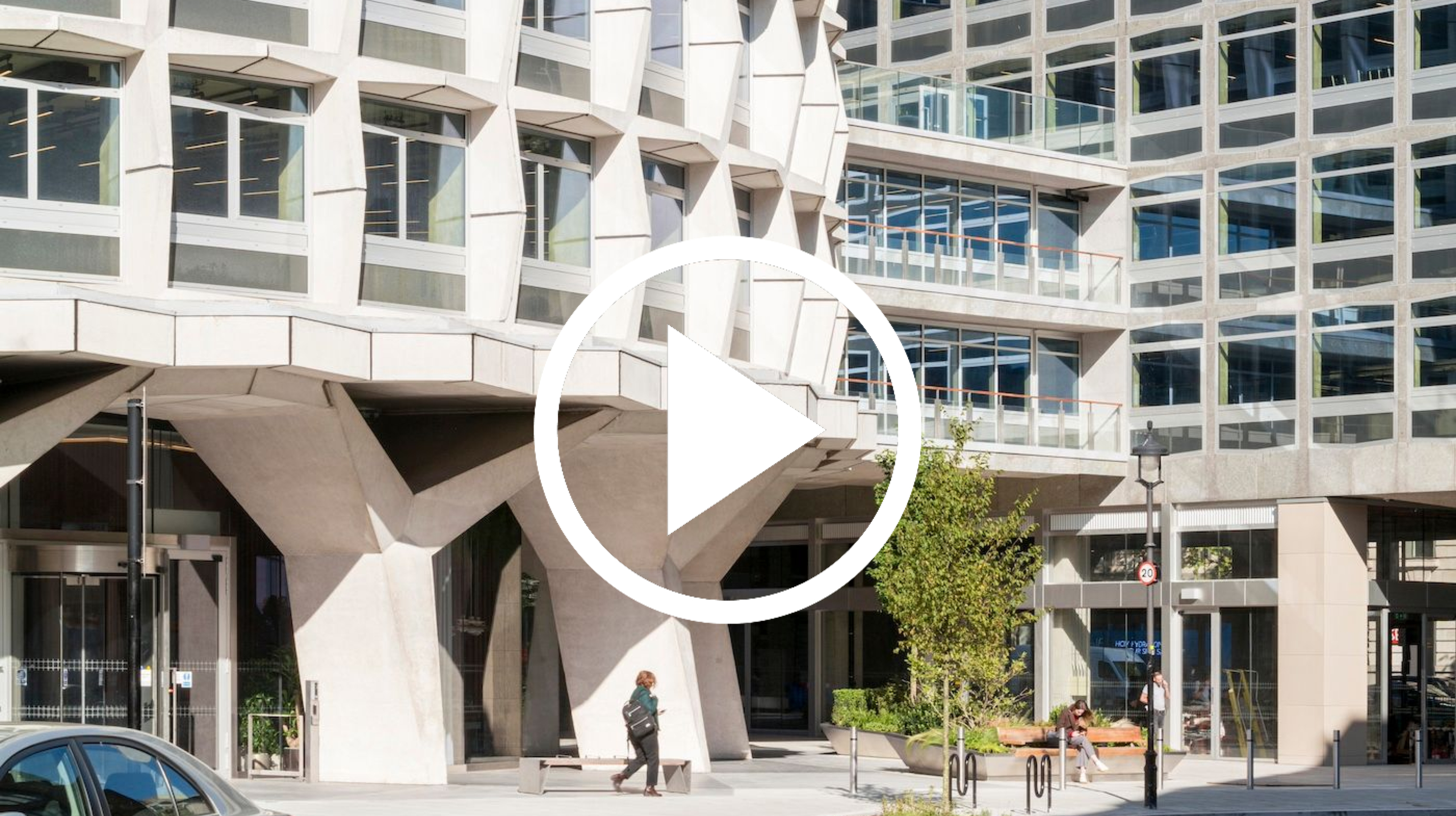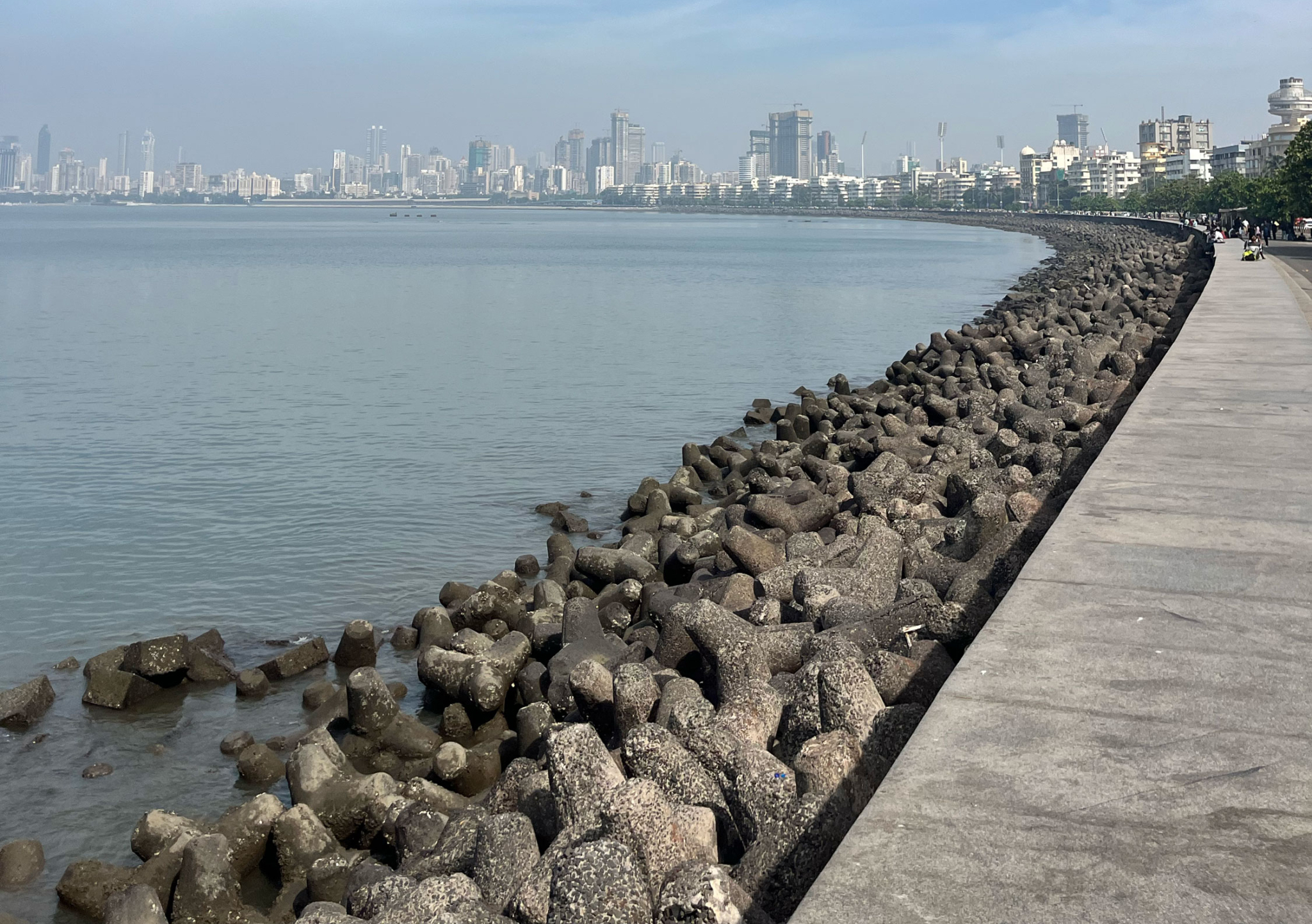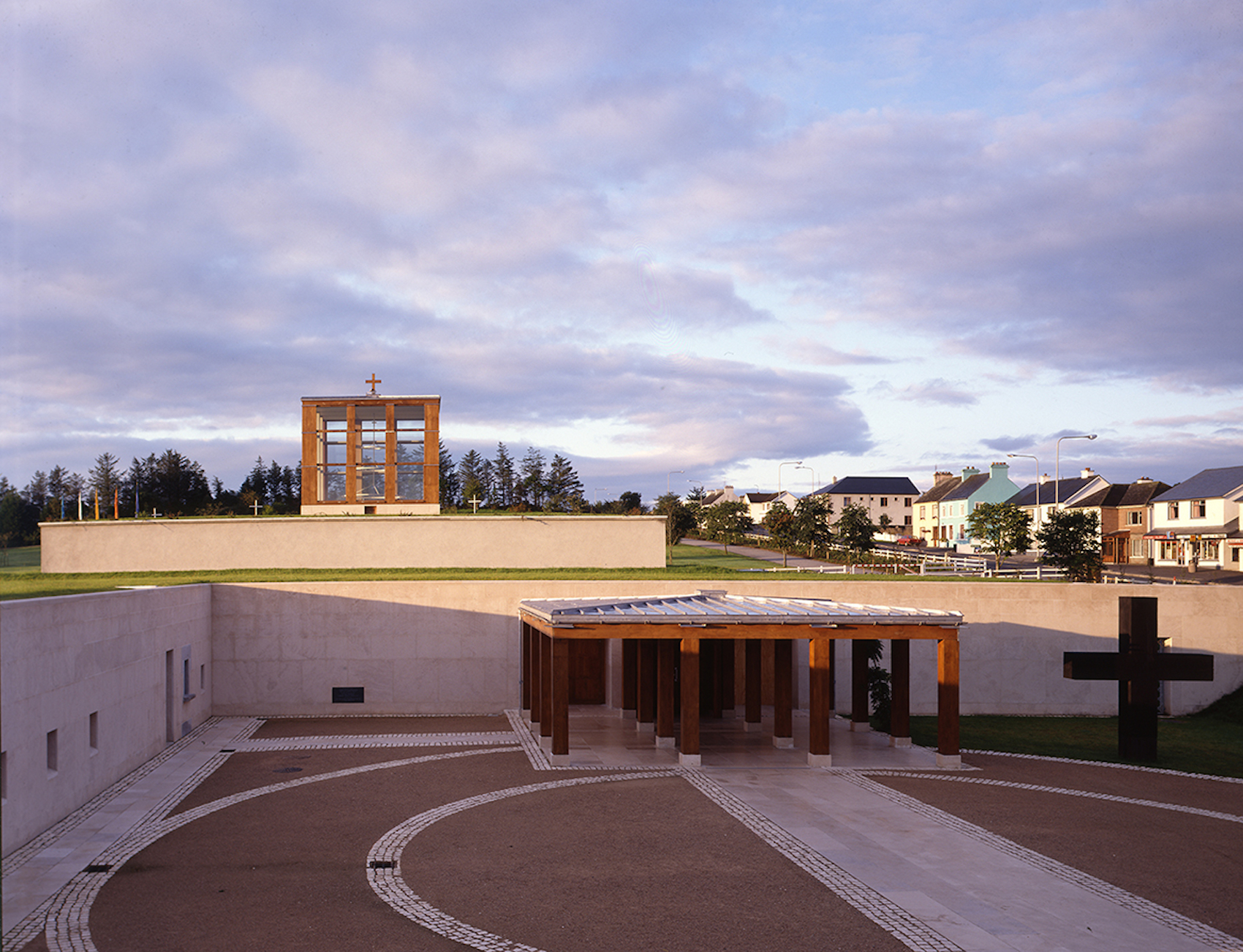Henrietta Billings reflects on how Norwich’s rich historic character, vibrant economy and human-scale urbanism present both a model and a challenge for new development – and explains why SAVE Britain’s Heritage is helping shape a more contextual vision for its future.

I’ve always liked the feel of Norwich. A city centre bustling with activity, cobbled streets, and heaps of young people. It has a welcoming human scale and, located at the eastern end of the country, more than its fair share of sunshine. But I really only got under the skin of the city when we spent more time here campaigning in 2018-2020 – when SAVE Britain’s Heritage was asked by local groups to help fight the controversial Anglia Square proposals in the heart of the historic city.
It is without doubt one of Britain’s most spectacular places, and one of Europe’s most underrated cities. With its network of medieval streets, castle and cathedral, and predominantly low-scale contemporary new buildings, it is one of the best conserved historic cities north of the Alps.
It’s also home to a variety of businesses and uses: large-scale corporate finance like Aviva, and smaller-scale legal and professional services; two universities accompanied by a substantial student population; a booming cultural and tourism scene, as well as entrepreneurial, tech and creative industries. Many towns in the UK have lost this diversity of uses to the super-dominant cities like London, Bristol or Birmingham. Yet, thanks in part to its unique geographical position, Norwich has retained its varied economy.
Its distinctive historic character is critical to its appeal. Young creatives and entrepreneurs particularly value the unique architecture and qualities of ‘place’, and the ability to work and live at more affordable levels compared with London and most parts of the South East. Norwich City Council has a fine track record of developing contemporary high-quality housing projects, such as the Stirling Prize-winning Goldsmith Street, completed in 2019, or the 1970s Friars Quay overlooking the River Wensum by Feilden Mawson, which has stood the test of time beautifully.
These characteristics make Norwich so special, but also vulnerable to the pressures of out-of-scale, low-quality new development. So when a 20-storey tower scheme in the city centre conservation area came forward at Anglia Square, we were quick to form a coalition – alongside Historic England, the Norwich Society and other local campaigners – to fight, and ultimately to win, the public inquiry in 2020; defeating what could have set a dangerous precedent for the city. We were also very pleased to work with Ash Sakula Architects on an alternative vision, showing how the square could be developed by re-introducing a street-based model rather than over-scaled city blocks or tower blocks.
Following a number of twists and turns, including a second proposal by the same developer who then dramatically pulled out last year, Norwich City Council has bought the site and – with the offer of a substantial grant from Homes England – its future remains the subject of intense debate.
its medieval streets, castle and cathedral make it one of the best conserved cities north of the Alps”
It was no coincidence that in May this year SAVE kicked off its 50th anniversary programme of events in Norwich, with a national conference focused on building new developments in historic contexts. We were delighted to be joined by a fantastic line-up of architects, academics, developers and heritage professionals. Through presentations, panel discussions and walking tours, we explored one of the most pressing challenges facing our historic towns and cities: how to accommodate new housing, while enhancing the very character that makes these places special.
Professor Yolande Barnes spoke about the important distinctiveness in places that thrive, and about the real value of cities as centres of trade, exchange, business and living. This happens when places are varied, messy and finely grained, not full of glass-and- steel white boxes. RIBA past president Sunand Prasad talked about the importance of the quality and affordability of new homes, noting that new development in historic locations tends to be higher-quality than on greenfield sites, and that “building in heritage contexts improves the quality of designs”. Henry Wootton of Mikhail Riches described their award-winning, high-density social housing scheme at Goldsmith Street in the city centre and why it works (clue: because they paid attention to context).
With the government’s ambitious five-year housing targets high on the planning agenda, and a ‘build, build, build’ rhetoric to match, we need, more than ever, a new positive approach to show how heritage really works in our favour. There is a huge opportunity here to build on and enhance the very characteristics that make Norwich great, and to attract greater long-term investment and growth.
We know we can achieve outstanding, contextual design when developers, architects and LPAs work together. We need political will to match, and we need to act now.


